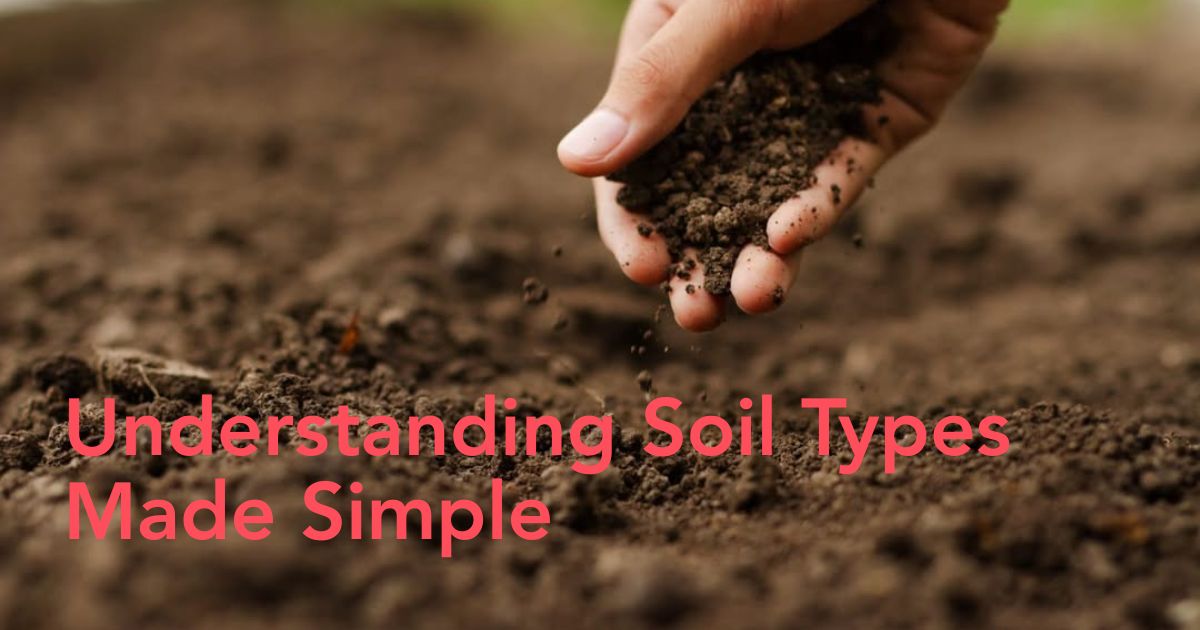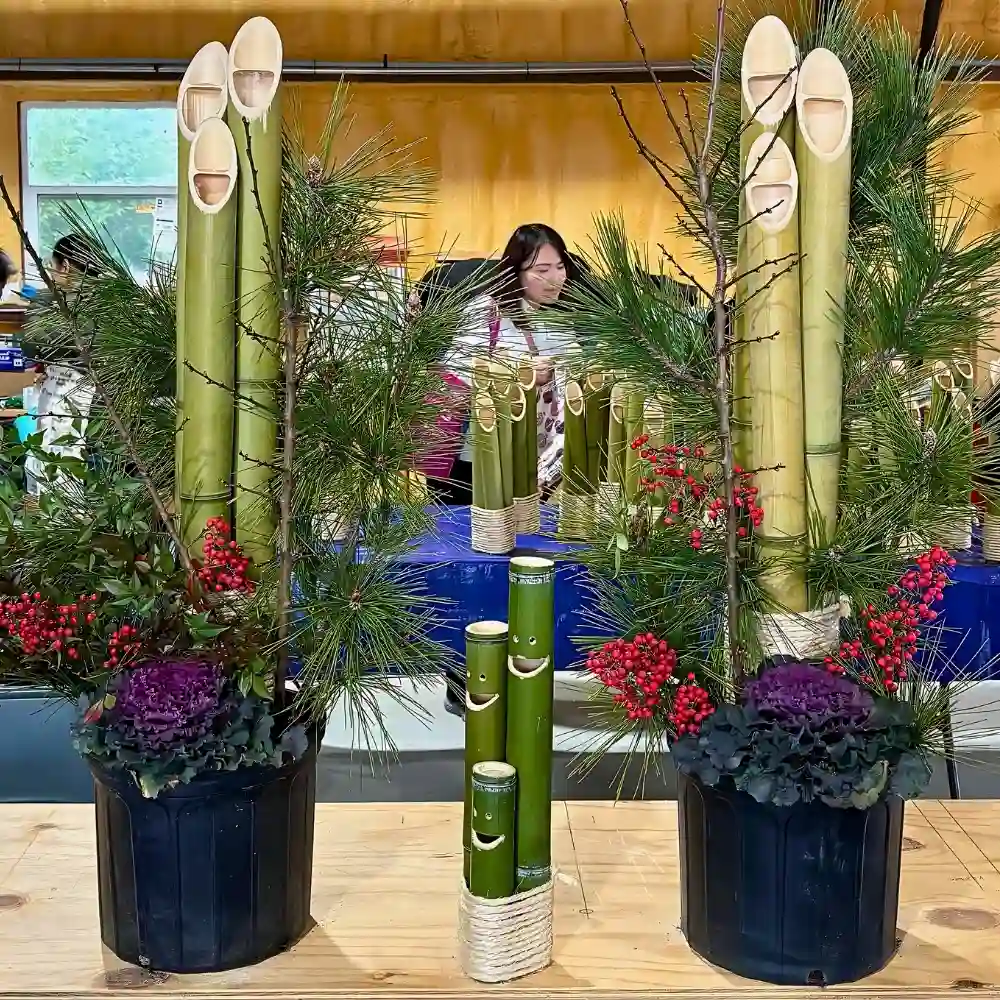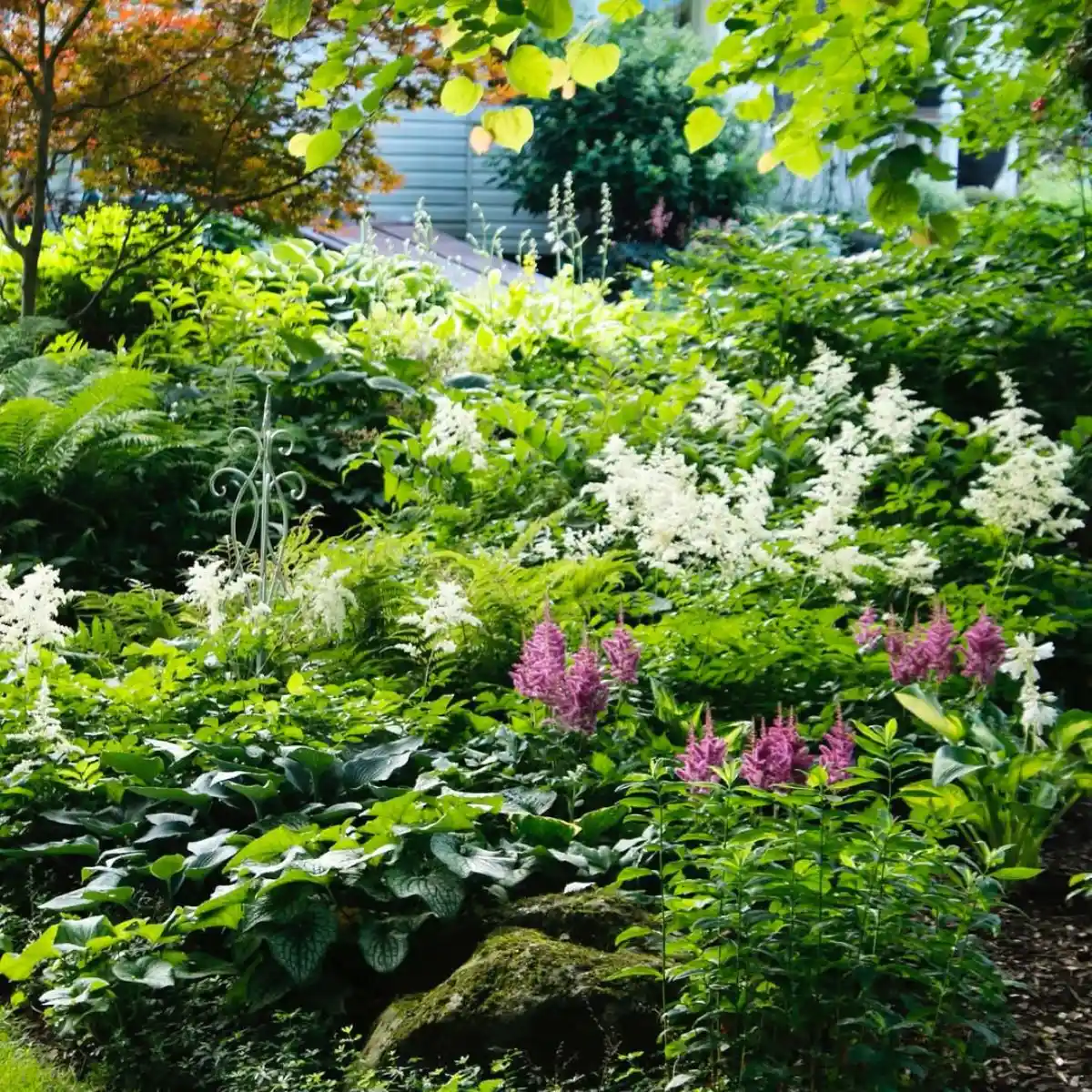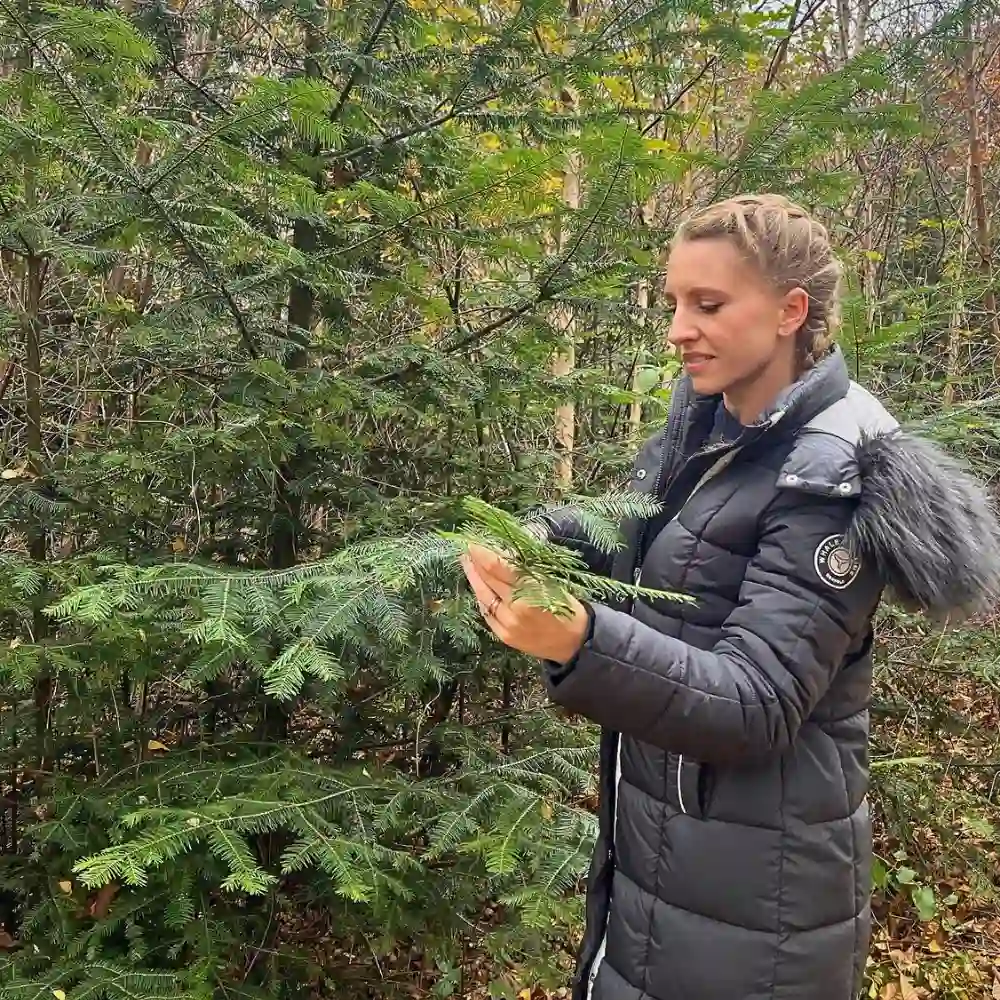You’ve probably felt different soils underfoot—gritty sand at the beach, sticky clay in a garden, crumbly loam in a flowerbed. Understanding what sets them apart helps you pick the right medium for planting, building, or even planning a backyard project.
When you’re estimating the amount of topsoil needed, this simple calculator can save you from shovel-counting: amount of topsoil needed. Let’s break down soil types without jargon today, together, clearly.
You can find more knowledge here: 6 Best Organic Options to Naturally Fertilize Your Soil
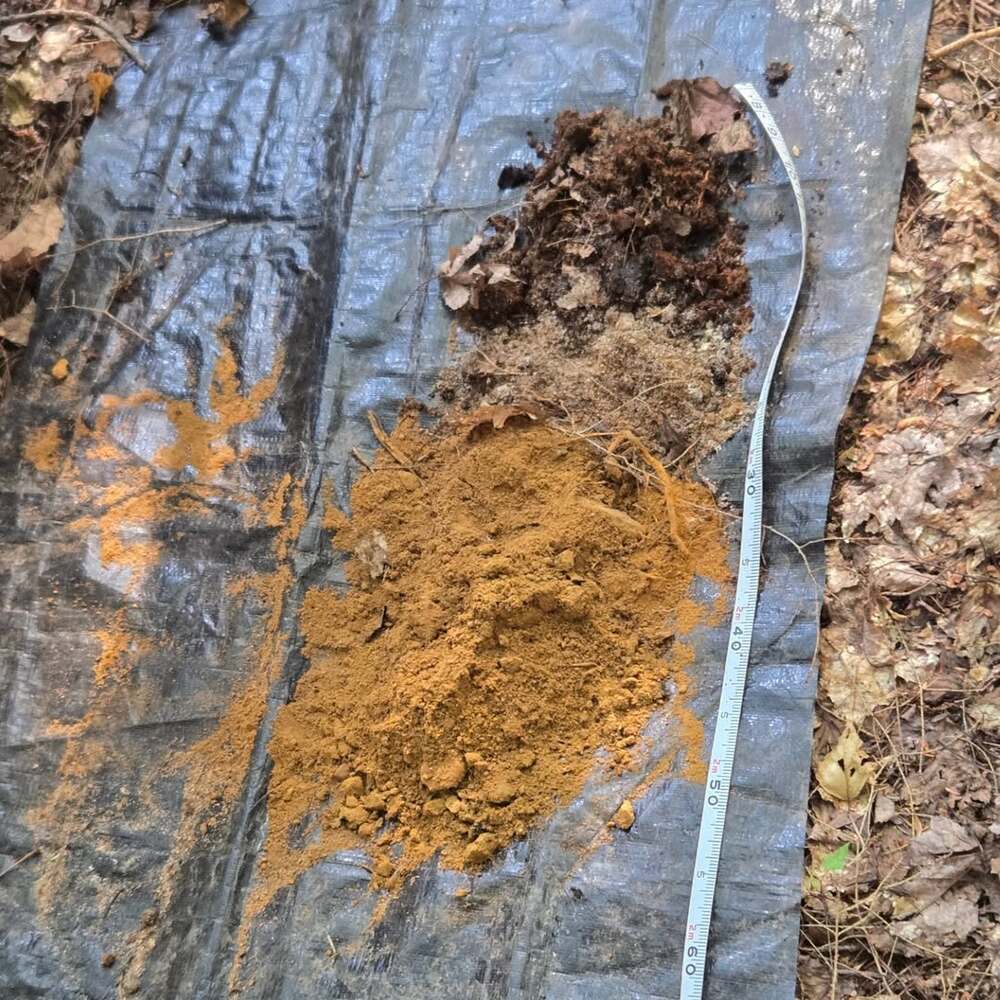
Soil Building Blocks
Before digging, picture soil as a community where minerals, organic matter, water, air, and life mingle. Understanding those players first lets you manage every other garden choice.
Mineral Matrix
Sand, silt, and clay particles are the framework, deciding how tightly soil packs, how fast water drains, and how roots breathe during wet spells.
Organic Glue
Humus binds mineral crumbs into crumbs called aggregates, increasing pore space and sheltering nutrients plants need for steady, season-long growth without constant fertiliser top-ups.
Living Network
Microbes, fungi, earthworms, and arthropods recycle residues into plant food, build soil structure, and even ward off disease, making biology every bit as vital as chemistry.

Main Particle Sizes
Particles define texture much like ingredients define a cake: change one proportion and the finished slice behaves very differently when watered, walked on, or planted.
Sand Explained
Large, rounded grains create big pores, which means excellent drainage, rapid warming, and a need for frequent irrigation or mulch to prevent drought stress.
Silt Spotlight
Medium-sized flakes feel silky, hold more water than sand, and compact easily under footsteps or machinery, so light cultivation is smarter than deep, annual digging.
Clay Considered
Tiny, flat plates carry electrical charges that grip water and nutrients. They expand when wet, shrink when dry, and can challenge roots without careful management.
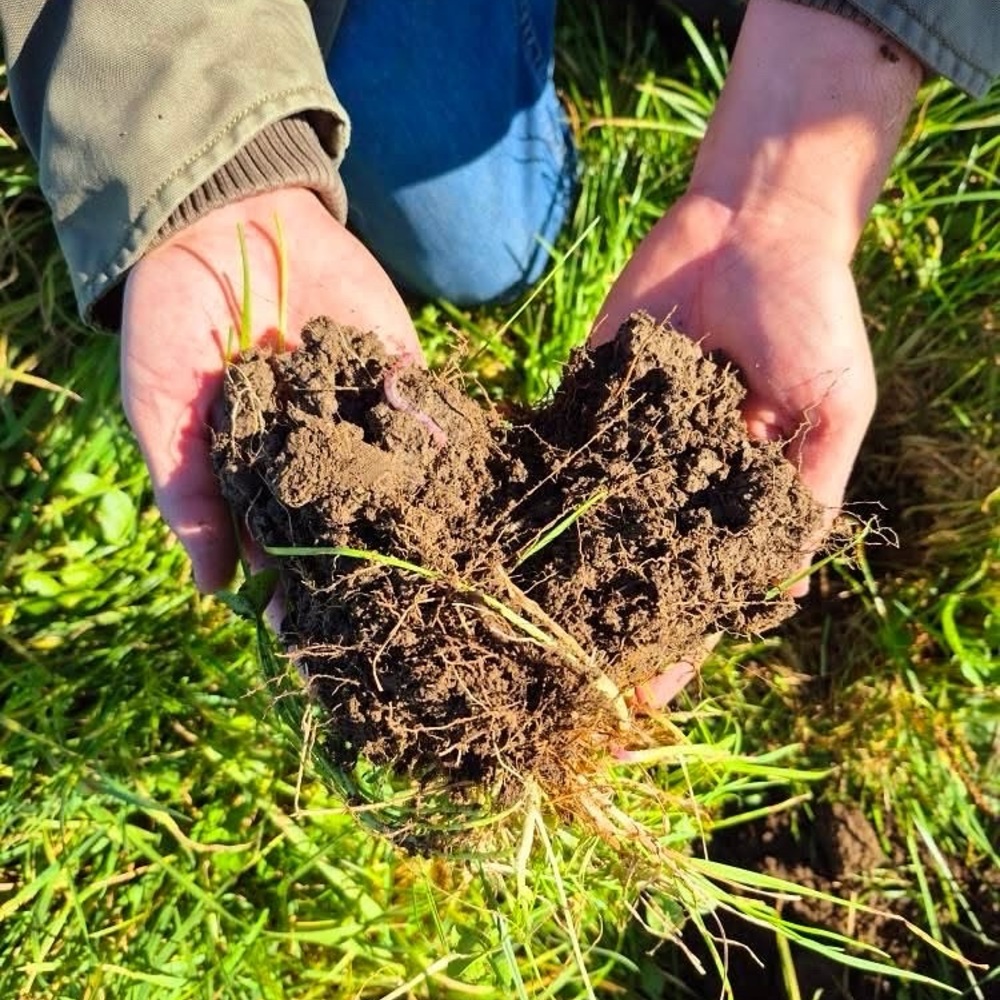
Sandy Soil Traits
Sandy ground drains rapidly, warms early, and allows spring sowing weeks ahead of heavier plots, yet nutrients and moisture leach away unless you adopt clever habits.
- Add bulky compost annually; coarse fibres lodge between sand grains, slowing runoff, boosting microbial activity, and storing fertilizer that would otherwise wash into waterways.
- Mulch for moisture because evaporation races through wide pores; straw, leaves, or chipped bark create shade, keeping seedlings from wilting on bright, windy days.
- Split fertiliser doses into little-and-often applications so plants use nutrients before rain rinses them beyond reach; liquid feeds or slow-release pellets both work.
- Choose drought-proof crops such as carrots, onions, rosemary, and Mediterranean herbs that evolved on coastal dunes and thrive where others struggle.
By treating sand like a thirsty sprinter—fast but quickly exhausted—you’ll harvest flavourful roots and early blooms without fighting nature’s grainy character.

Managing Clay Soil
Clay demands patience: it sticks to boots in winter, cracks open in July, yet rewards persistence with unrivalled fertility once structure improves and drainage steadies.
- Mingle organic matter each autumn; well-rotted manure or leaf mould separates plates, forms crumbs, and invites worms to tunnel natural drainage channels.
- Avoid working wet soil; footprints squeeze pores into slick pans that set like brick, so wait until a squeezed handful breaks rather than smears.
- Install raised beds where heavy subsoil lies shallow; imported loam over geotextile fabric creates root-friendly zones while underlying clay continues storing nutrients.
- Water slowly, deeply; drip lines delivering one inch over several hours let moisture soak rather than run, preventing surface crusts and seedling loss.
Follow Utah State University’s advice for additional regional tips on amending stubborn plots.
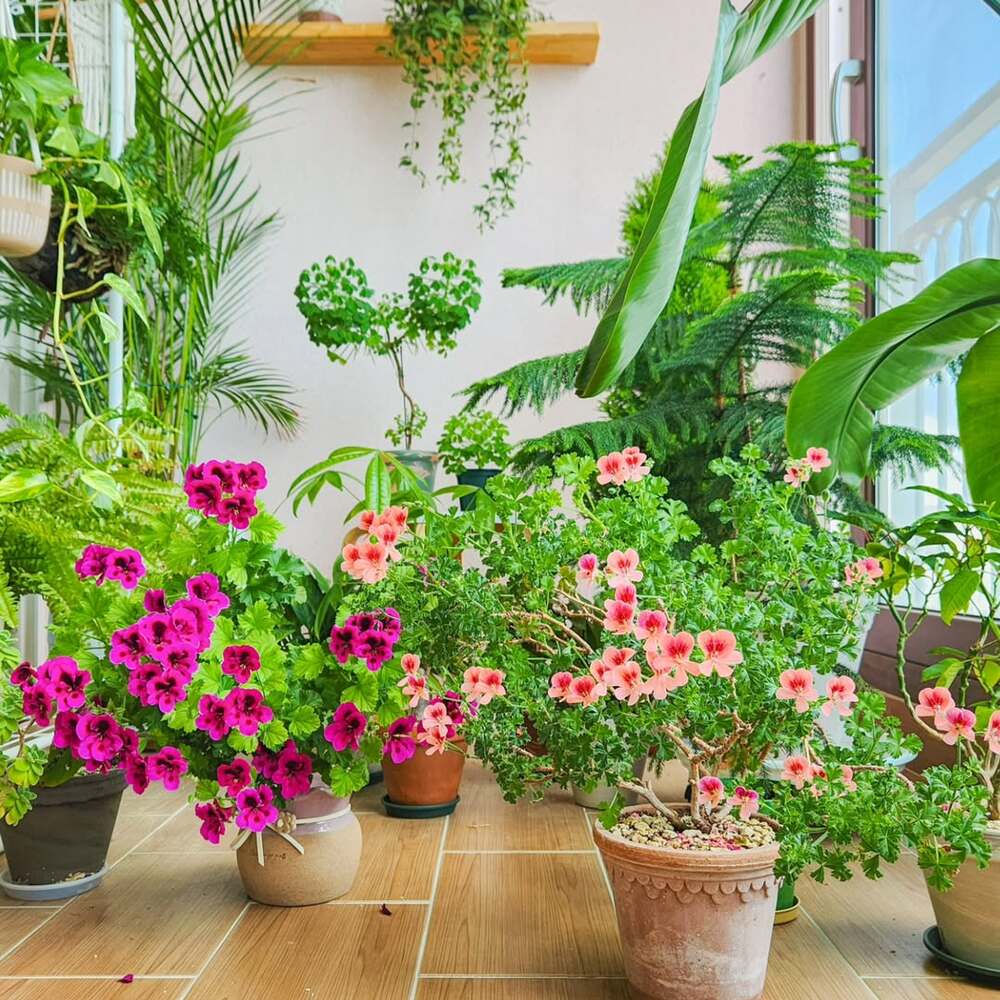
Silt Water Holding
Silt balances water and air nicely, yet compaction risk means you must nurture aggregates; otherwise, a single rain turns beds into dense pudding, and roots suffocate.
Field Capacity Facts
After gravity drains, silt retains a generous reservoir that plants sip for days. Monitor moisture and irrigate when half the store is gone to avoid hidden drought.
Tillage Timing
Work on silty ground only when it crumbles between fingers. Early spring digging while wet destroys pore networks, reducing yield more than skipping cultivation altogether.
Cover-Crop Cushion
Fall rye, clover, or phacelia protect surface structure, add roots that weave micro-channels, and leave behind organic matter to resist raindrop compaction next season.
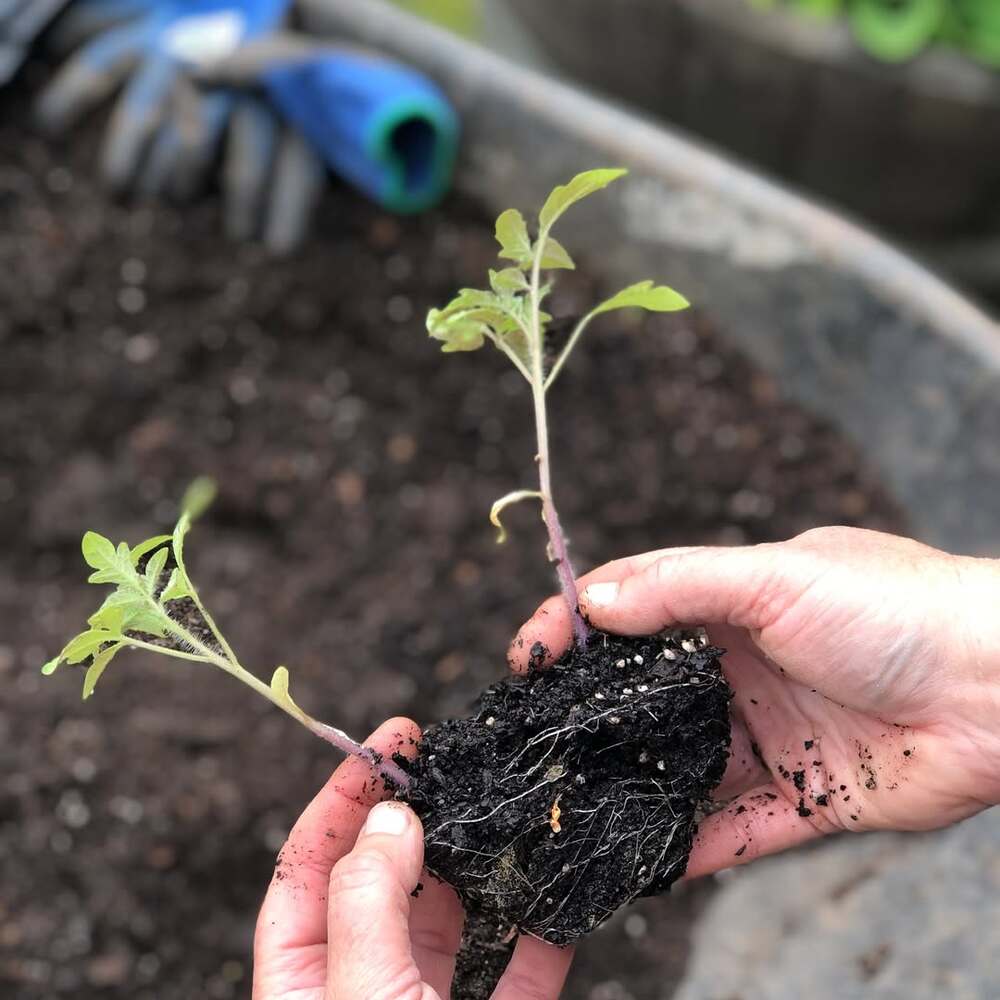
Loamy Soil Benefits
Loam is gardening gold: an almost perfect 40-40-20 sand-silt-clay mix offering easy workability, balanced nutrition, and forgiving moisture levels that suit most edible or ornamental plants.
Water Wisdom
Capillary pores hold enough moisture while larger pores drain excess, so roots breathe and drink simultaneously—an enviable combination few gardeners inherit naturally.
Nutrient Buffet
Moderate clay plus plentiful humus supply cations and micronutrients steadily; regular compost top-ups keep the buffet stocked without chemical fertilisers becoming routine.
Root Playground
Crumbly texture lets seedlings penetrate quickly, anchoring firmly against wind and increasing drought resilience because deeper roots access untapped subsoil water.
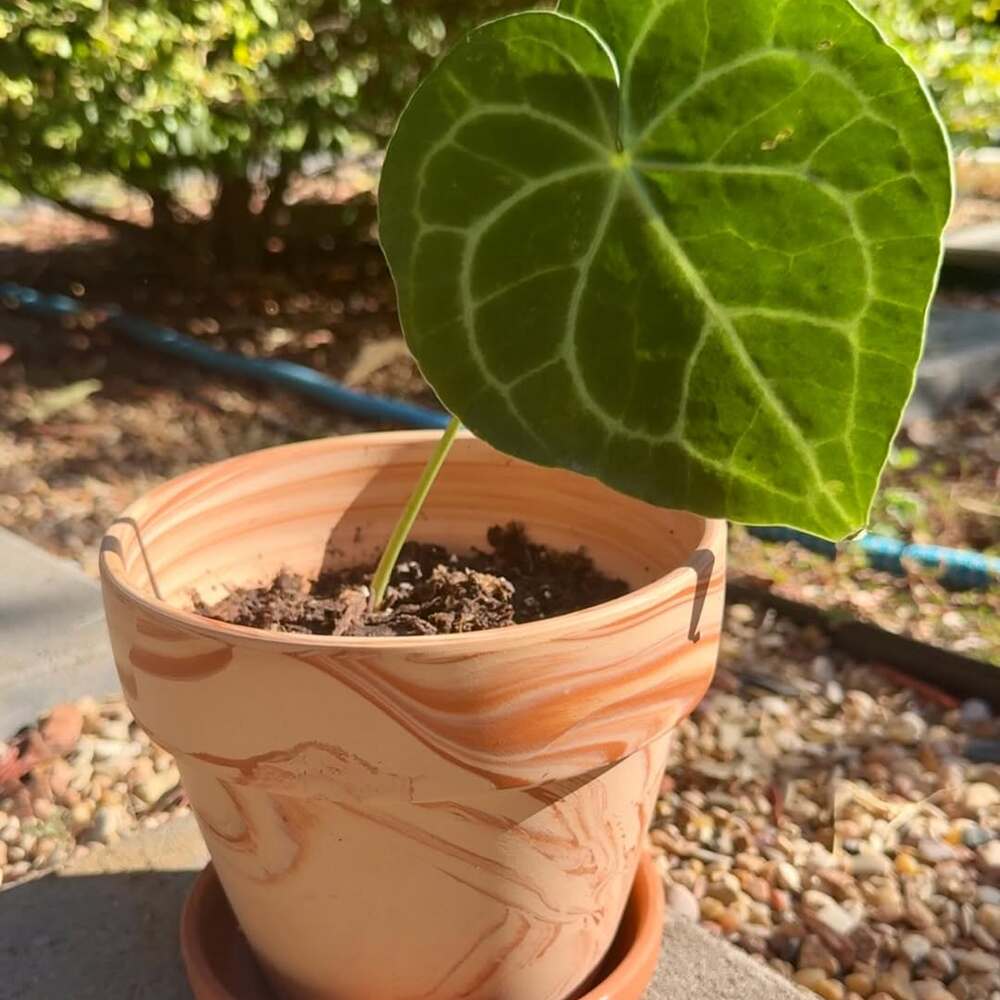
Peat Soil Features
Peatlands form where waterlogging slows decay, piling partly decomposed mosses into thick, sponge-like layers that hold vast carbon stores and impressive amounts of moisture.
High Organic Content
Over ninety percent organics means peat heats slowly, stays acidic, and is naturally low in minerals; lime and trace elements often need supplementing for crops.
Sponge Effect
Water absorption rivals kitchen sponges, keeping beds damp yet prone to waterlogging. Raised boards or wide ditches usually prevent root rot in cultivated peat.
Sustainability Note
Harvesting peat releases carbon; consider alternatives like coconut coir or composted bark when potting, preserving precious bog ecosystems described by the International Peatland Society.
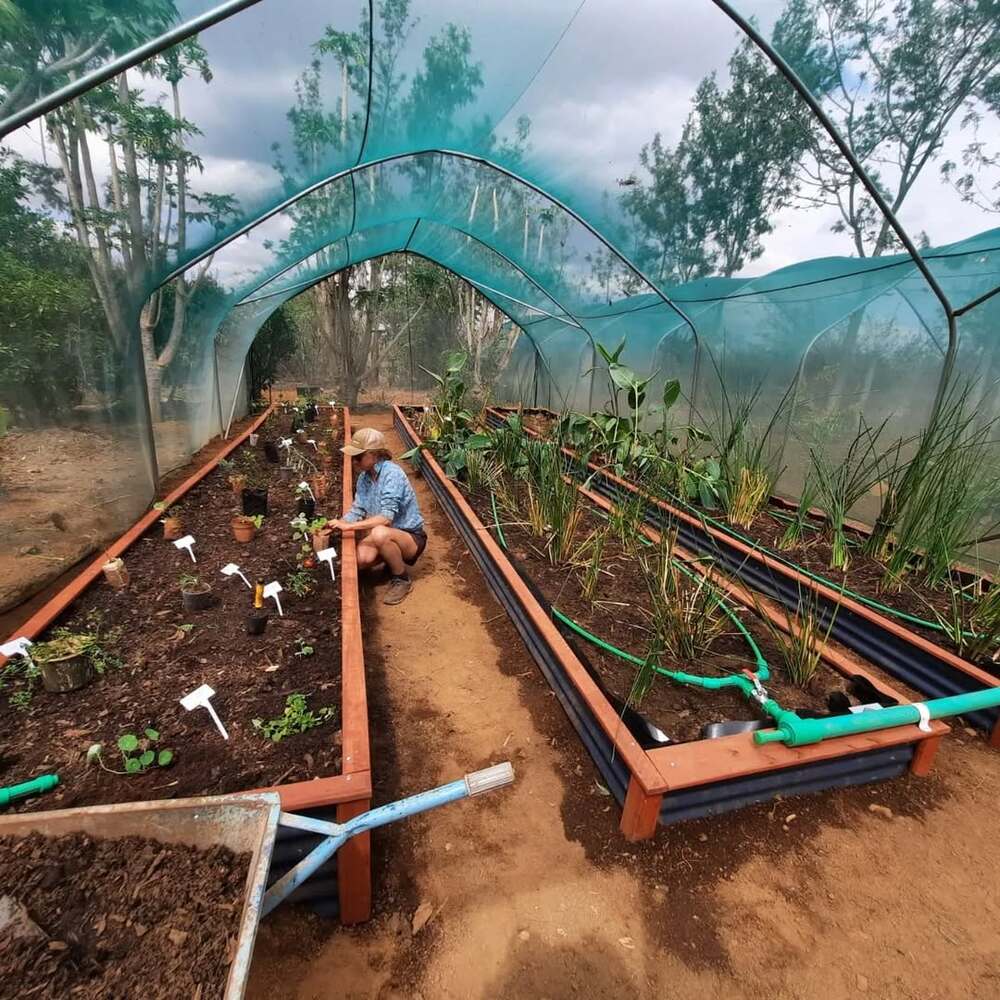
Chalky Soil Issues
Alkaline chalk soils drain fast, contain free calcium carbonate, and often lock iron and manganese, turning leaves yellow unless you choose tolerant species or tweak chemistry.
- Add organic mulch yearly; fibres slow decomposition on porous profiles, helping nutrients linger and moisture stay around young roots between summer showers.
- Test pH regularly; most chalk measures 7.5–8.0, so sulphur chips or acidic composts can nudge hotspots toward neutrality for borderline plants like clematis.
- Plant lime-lovers such as lilac, lavender, and wallflowers that revel in alkalinity, giving instant success without endless soil amendments or chelated feeds.
- Sieve sharp flints from planting holes to protect tools and tender bulbs; reuse stones as mulch paths that blend with local geology beautifully.
Detailed guidance appears in the Royal Horticultural Society’s page on chalky soils, worth bookmarking if your tap water is noticeably hard.

Combination Soil Types
Many yards host patchwork soils: sandy ridge, silty hollow, clay pocket. Mapping these zones helps match crops and amendments rather than treating the entire plot uniformly.
Identify Blends
Ribbon tests, soil texture triangles, and simple observations like puddling speed quickly reveal dominant particles, allowing smarter bed layouts and targeted compost applications.
Micro-Zone Planting
Group thirsty greens where loam persists, drought-tolerant herbs on sandy rise, and nutrient-hungry squash near richer clay, turning diversity into an ecological advantage.
Amend Selectively
Hauling equal compost everywhere wastes effort; concentrate on underperforming corners first, then maintain healthy zones with lighter top-dressings and cover crops. For new beds or lawn leveling, use a quick calculator to estimate the amount of topsoil needed so you order the right volume.
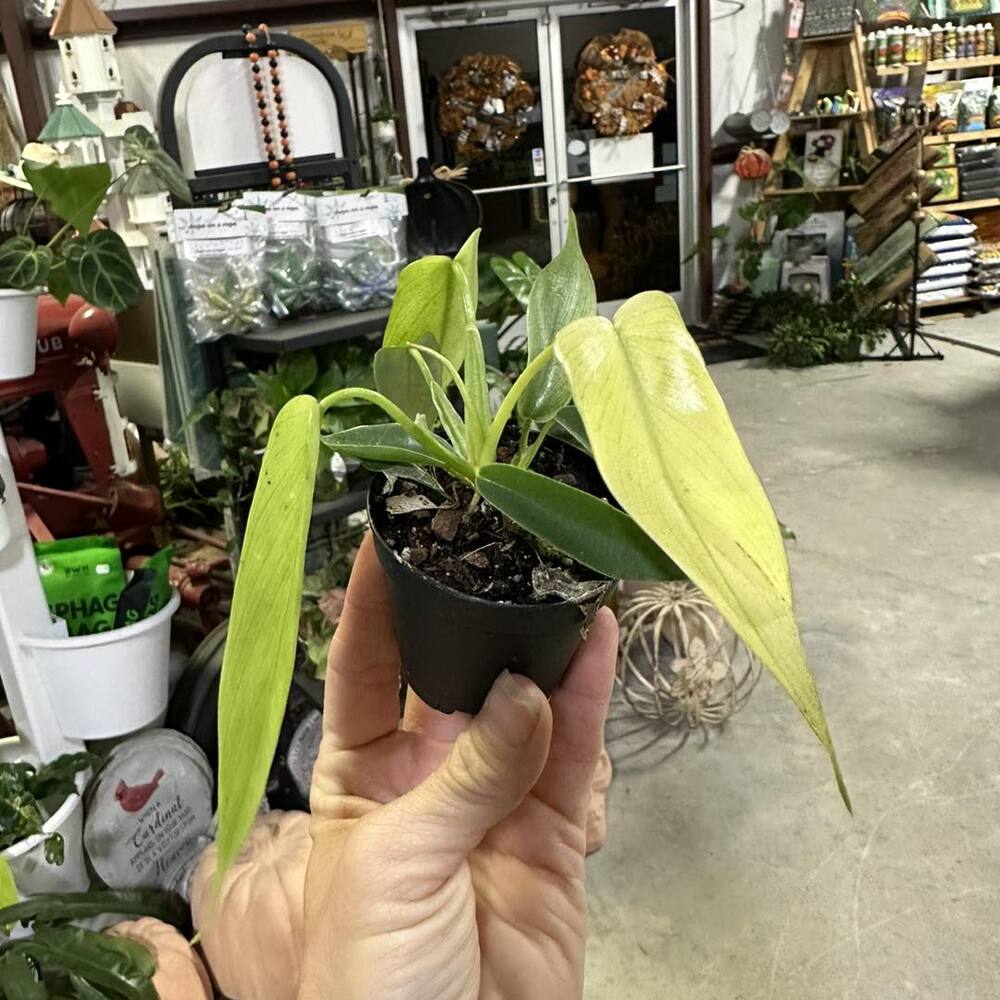
Testing Soil Texture
Confirming guesses prevents costly mistakes. A home “jar test” layers sand, silt, and clay visibly, letting you calculate percentages and classify texture with scientific confidence.
- Collect representative samples from several spots, mix thoroughly, and remove debris to avoid skewed readings caused by a single ant hill or mulch chip.
- Shake vigorously with water and a drop of dish soap; particles separate by weight, settling into clear bands you can measure after forty-eight hours.
- Use a texture triangle; converting band heights into percentages pinpoints the name—loam, sandy clay loam, silty loam—guiding amendment strategies and irrigation scheduling.
- Record annually; subtle shifts reflect compost additions or erosion, so keeping notes helps fine-tune future fertiliser budgets and planting plans.
Clemson University’s illustrated guide details each step for reliable results, perfect for science-minded gardeners sharing discoveries with neighbours over weekend coffee.
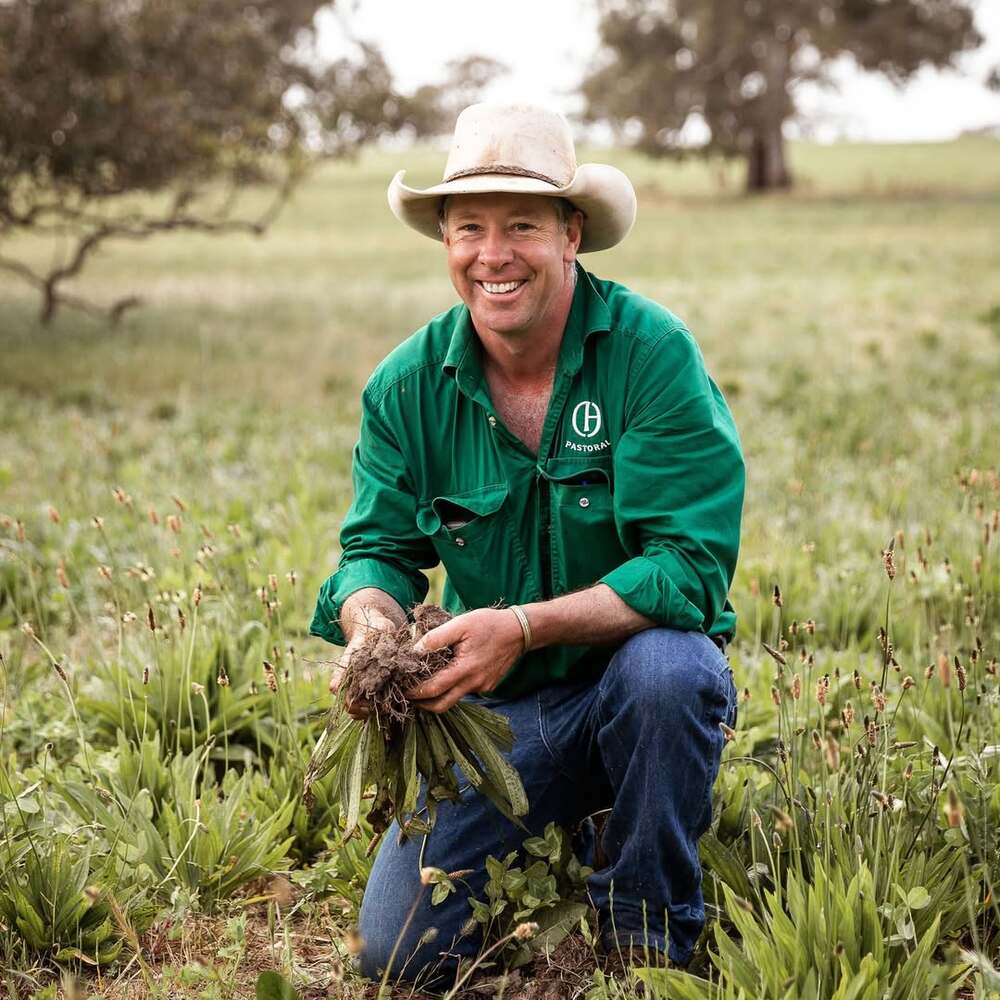
Ground Truths
You now know the fundamental particles, textures, and chemical quirks that decide how soil behaves beneath your feet. Use that awareness to read your garden bed like a map, choose amendments with intent, and steward moisture wisely. When you match crop to soil and soil to care, fertility follows naturally.

